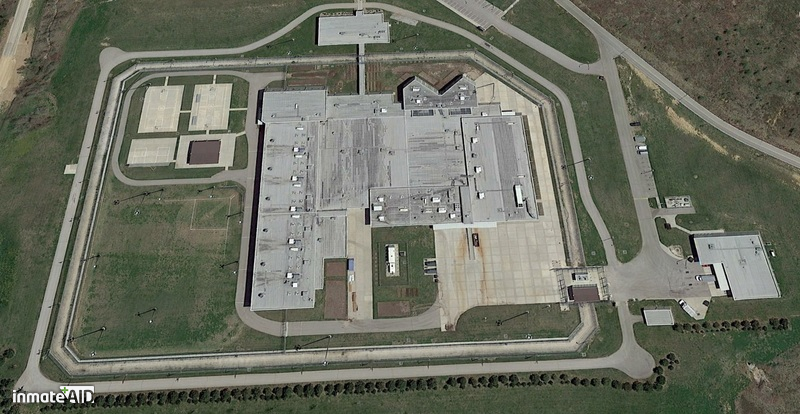Thank you for trying AMP!
You got lucky! We have no ad to show to you!
Connect with an Inmate
Midwest Joint Regional Correctional Facility (JRCF) - Fort Leavenworth
Military Prisons
Midwest Joint Regional Correctional Facility (JRCF) - Fort Leavenworth is for Military Prisons offenders have not been sentenced yet and are detained here until their case is heard.
All prisons and jails have Security or Custody levels depending on the inmate’s classification, sentence, and criminal history. Please review the rules and regulations for Regional Detention - low facility.
If you are unsure of your inmate's location, you can search and locate your inmate by typing in their last name, first name or first initial, and/or the offender ID number to get their accurate information immediately Registered Offenders
You can support your loved ones at Midwest Joint Regional Correctional Facility (JRCF) - Fort Leavenworth on InmateAid, if you have any immediate questions contact the facility directly at .
The Midwest Joint Regional Correctional Facility (JRCF) - Fort Leavenworth, located at 831 Sabalu Road in Fort Leavenworth, KS, is a military prison is a specialized correctional facility operated by the United States Department of Defense (DoD) to house service members who have been convicted of crimes under the Uniform Code of Military Justice (UCMJ). These facilities play a crucial role in maintaining military discipline, ensuring accountability, and upholding the integrity of the armed forces. Unlike civilian prisons, military correctional institutions operate under a structured system that enforces strict discipline, provides rehabilitative opportunities, and, in some cases, allows for reintegration into military service. The United States Disciplinary Barracks (USDB) at Fort Leavenworth, Kansas, is the nation’s highest-security military prison, designed for inmates serving lengthy sentences, while lower-level military brigs and regional correctional facilities house individuals serving shorter terms or awaiting court-martial.
When a service member is convicted at court-martial, they undergo a classification and intake process to determine their security level, rehabilitation needs, and facility placement. Those sentenced to less than a year may be housed in a regional Level I facility, which focuses on rehabilitation and potential return to duty. Those serving longer sentences or convicted of serious offenses, such as violent crimes or espionage, are assigned to Level II or Level III facilities, where they serve their time under stricter security protocols. Pretrial detainees, those awaiting trial or sentencing, may also be held in military jails or regional brigs. Regardless of their classification, all military prison inmates are subject to a regimented schedule, work assignments, and rehabilitative programs, including vocational training, education, and substance abuse counseling, aimed at preparing them for reintegration into society.
Military correctional facilities also have distinct parole and clemency procedures, overseen by the Military Clemency and Parole Board, which evaluates inmate progress and determines eligibility for early release. Unlike civilian inmates, those who are dishonorably discharged upon release may lose military benefits and face additional challenges reintegrating into civilian life. However, for eligible service members, military prisons provide structured programs that encourage rehabilitation and personal accountability. As part of the broader Military Justice System, these institutions ensure that justice is served while upholding the core values of the U.S. Armed Forces.
The mission of the JRCF is to provide pre-trial confinement and post-trial incarceration for U.S. military prisoners sentenced to up to five years of confinement. The JRCF staff conducts correctional and treatment programs in order to maintain good order and discipline and reduce recidivism upon release from confinement.
The facility is located adjacent to the United States Disciplinary Barracks. Together they form the Military Correctional Complex at Fort Leavenworth, Kan. The Military Correctional Complex is similar to a Federal Bureau of Prisons' Federal Correctional Complex in that it clusters several distinct correctional facilities of varying security levels in one location that share services and manage efficiencies in manpower and logistics.









